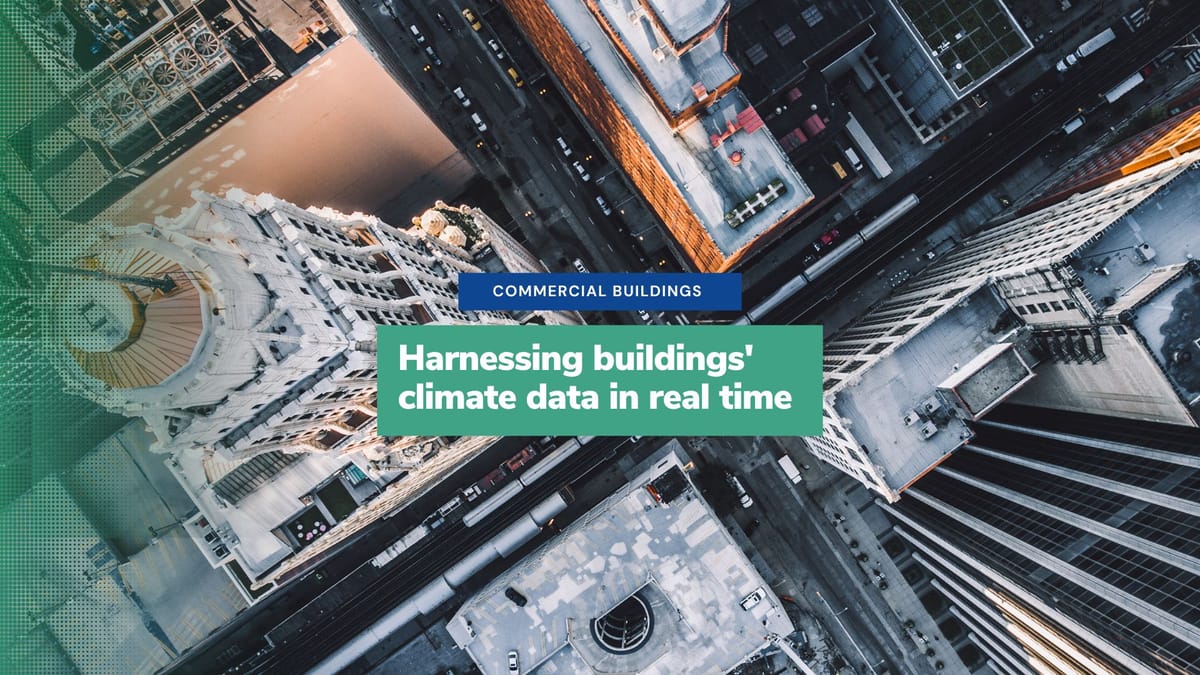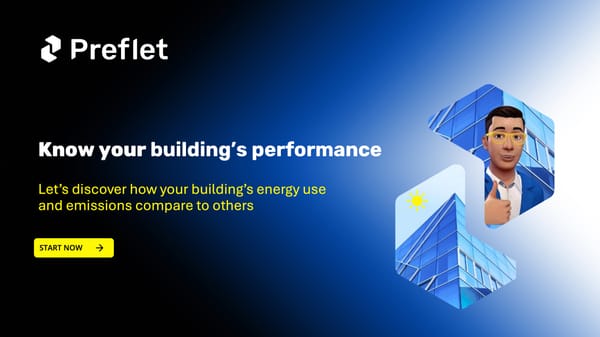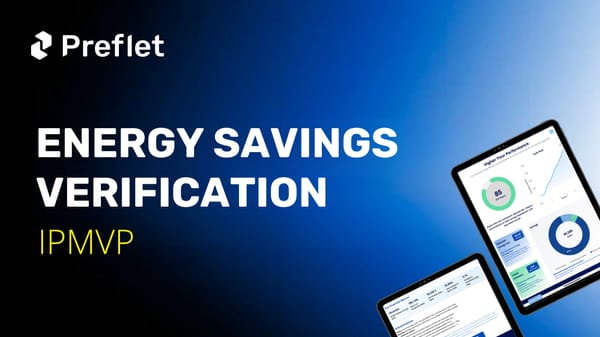Data-driven energy efficiency in commercial buildings
In recent years, sustainability has become a prominent concern for individuals and businesses, with an increasing focus on environmental impact and climate change.

In recent years, sustainability has become a prominent concern for individuals and businesses, with an increasing focus on environmental impact and climate change. As a result, companies are now striving to meet innovation and energy efficiency demands while minimising their ecological footprint. One area of particular concern is the energy consumption of commercial buildings, with heating, ventilation, air-conditioning, and refrigeration (HVAC or HVACR) systems accounting for up to 60% of this energy usage. This strain on resources leads to higher costs and a larger carbon footprint. Thankfully, there is a solution: leveraging IoT technologies to drive data-driven energy efficiency initiatives.
Specific considerations must be considered to achieve environmentally and commercially sustainable practices throughout the supply chain. The first is integrated data collection. Real-time data from various building systems must be collected and incorporated into an open data processing platform. By combining data from multiple sources especially climate demand, facility managers can gain a comprehensive view of energy consumption patterns within a building. This allows for identifying energy-intensive systems and the need for maintenance or upgrades.
Another crucial consideration is the use of predictive analytics. Analysing historical data can create models to determine optimal system operation. By comparing current data to these models, abnormal behaviour and potential equipment failures can be predicted. For example, if the HVAC system consumes more energy than usual, this could indicate an underlying problem. Identifying such issues early enables proactive maintenance, preventing costly repairs due to catastrophic failures.
Data-driven energy management initiatives have the potential to make commercial buildings more sustainable by optimising equipment operations while maintaining occupant comfort and critical system functionality. Building owners and facility managers can significantly reduce energy costs, improve operational efficiency, and achieve sustainability goals by implementing integrated data collection, predictive analytics, and proactive maintenance. Integrating data and predictive analytics leads to more intelligent, more efficient buildings that benefit both the environment and the bottom line.
Commercial buildings can be crucial in mitigating climate change while maintaining successful and sustainable operations by focusing on data-driven energy efficiency. Embracing IoT technologies and leveraging data insights will be vital in building a more sustainable future.





